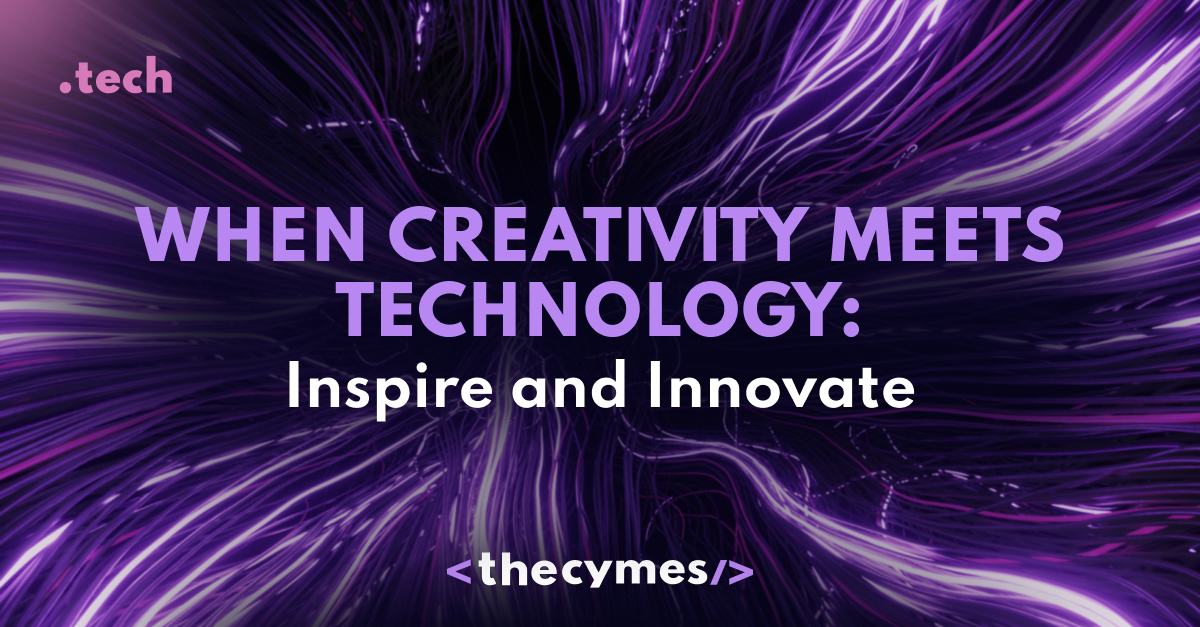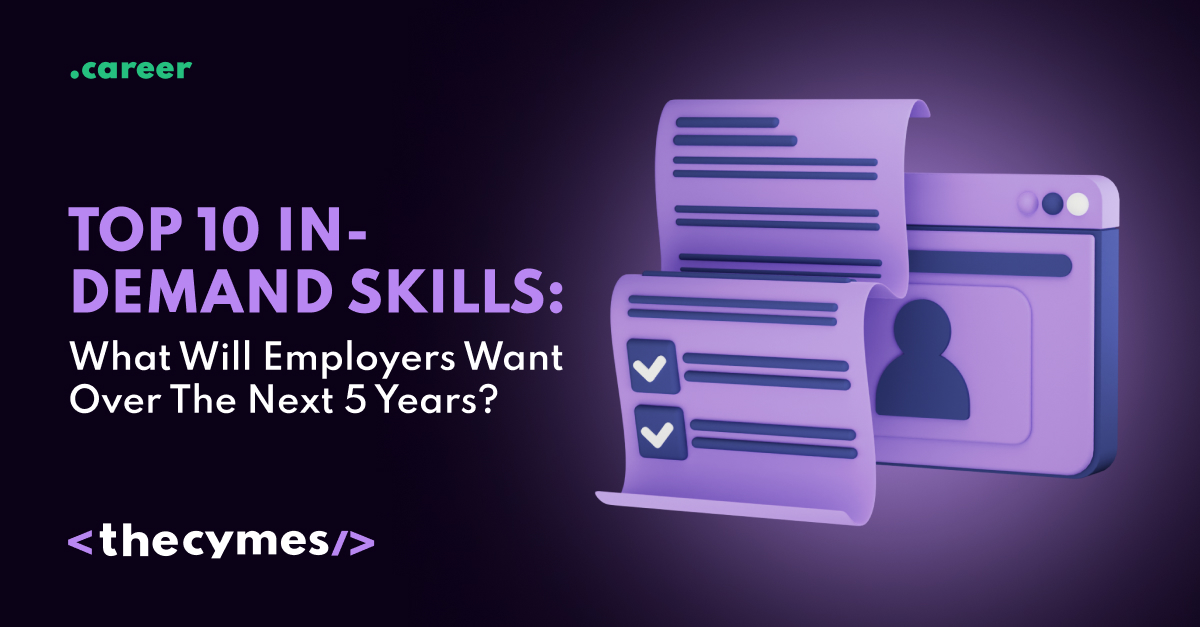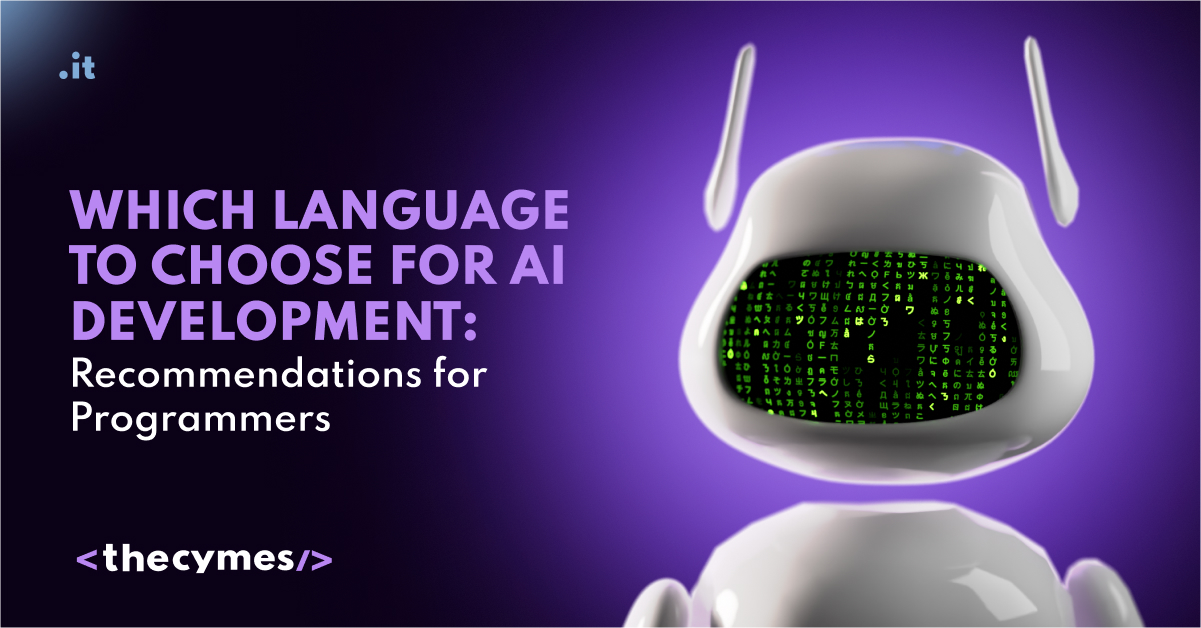Table of Content
When Creativity Meets Technology: Inspire and Innovate
/>AI revolution isn't coming...it's HERE!Introduction
The creative industry is situated at an interesting intersection, characterized by a fast paced technology development, changing social norms and a rapidly changing world as we reach to the new decade. Transformations in the creative professions have been taking place quicker today than they have ever taken. This article seeks to identify new trends or jobs in the creative sector, the skills to be required, and how education is answering to these challenges.

Image by FreePik
The Impact of AI on Different Creative Industries
Artificial Intelligence in Design and Visual Arts
Artificial Intelligence is changing the process of production as well as the final results in the areas of design and visual arts. AI-driven tools are used by graphic designers to produce layouts, visual effects, and logos that align with audience preferences and established trends. AI software also makes it possible for designers to quickly iterate through design prototypes, allowing them to concentrate more on conceptualization and less on technical implementation. This makes the creative process more dynamic and flexible. As a creative partner, for example, tools such as Adobe Sensei employ machine learning to evaluate user behavior and recommend design components that are in line with current trends. AI can also detect new trends by analyzing enormous volumes of visual data, which helps designers remain ahead of the curve.
AI in Performing Arts and Music
Algorithms are currently used to write music, create beats, and even create complete tracks, demonstrating the enormous impact artificial intelligence has on the performing arts. AI is used, for instance, by platforms like AIVA and Amper Music to help artists create, acting as partners rather than merely instruments.
In addition, artificial intelligence is being used into interactive performances and theatrical plays in the performance arts sector. This improves audience engagement by allowing for real-time data analysis and involvement. AI algorithms that can evaluate movement patterns and recommend fresh dance sequences are becoming more and more popular in the field of choreography, stretching the bounds of conventional performance. AI-generated music is starting to find its way into film scores and ads.
For example, the company Amper Music. With the help of the AI-driven platform Amper Music, users may compose original music for commercials, video games, and movies, among other uses. Amper creates fresh compositions in real time by letting users choose mood, style, and duration through the use of machine learning algorithms. This technology streamlines the music production process by enabling content creators to make high-quality music without requiring substantial musical knowledge or resources.
The Benefits of Integrating AI in Creative Business
Artificial intelligence (AI) aims to improve worker labor, rather than simply replace it. Artificial intelligence (AI) techniques can generate novel ideas and concepts that might not have surfaced through conventional creative processes alone through assessing data trends and identifying distinctive patterns.
As an example, AI is used by ScriptAI to examine successful film scripts and produce original screenplay ideas. It gives writers original dialogue ideas and storyline recommendations by seeing patterns in speech, structure, and character development. This encourages the creation of novel storytelling techniques. Another great example is Stitch Fix, which uses AI to assess consumer preferences and fashion trends. The software helps designers make collections that appeal to customers through offering customized style recommendations. Fashion professionals can experiment creatively while staying ahead of trends with this data-driven strategy.
The Challenges of Implementing AI in Creative Business
Ethical Considerations and AI
Ethical issues are brought to light as AI is incorporated more into creative processes. Originality, copyright, and authorship concerns are becoming more and more important. Who owns the rights to a piece of art created, for instance, if an AI creates it? The subject has generated discussions among engineers, artists, and legal experts because traditional intellectual property frameworks are unable to keep up with the rapid progress of AI capabilities.
Additionally, in order to guarantee that technology breakthroughs are fair and just, issues about prejudice in algorithms and the possibility that AI will reinforce preconceptions in creative outputs must be addressed.
Even while AI has many benefits, integrating these technologies into creative firms is not without its difficulties. There's a steep learning curve because many creatives lack the technical competence needed to use AI tools effectively. Because of this information gap, some artists and creators may be intimidated and choose not to investigate the potential of AI at all. Workshops and educational materials are starting to close this gap, but pricing and broad accessibility are still major problems.
Conclusion

Image by FreePik
The future of creative industries is exciting and full of possibilities for those prepared to adapt and embrace the change. By leveraging AI, placing a priority on mental health, and pursuing a diverse work community, creative industries are setting the stage for unique and innovative growth.
Looking ahead to the future means the most successful creatives will be those who can navigate this changing environment, incorporate technological advancement, and ask a splay human. Creative industries are not only about creative expression. It is about opening ideas to produce something meaning and where all voices are valued.
For those considering this adventure into creative industries, embrace the change. Actively employ the tools technology can deliver, and push the limits and, even the point of, creativity and what we offer. The future is inviting for those who can innovate and inspire.



